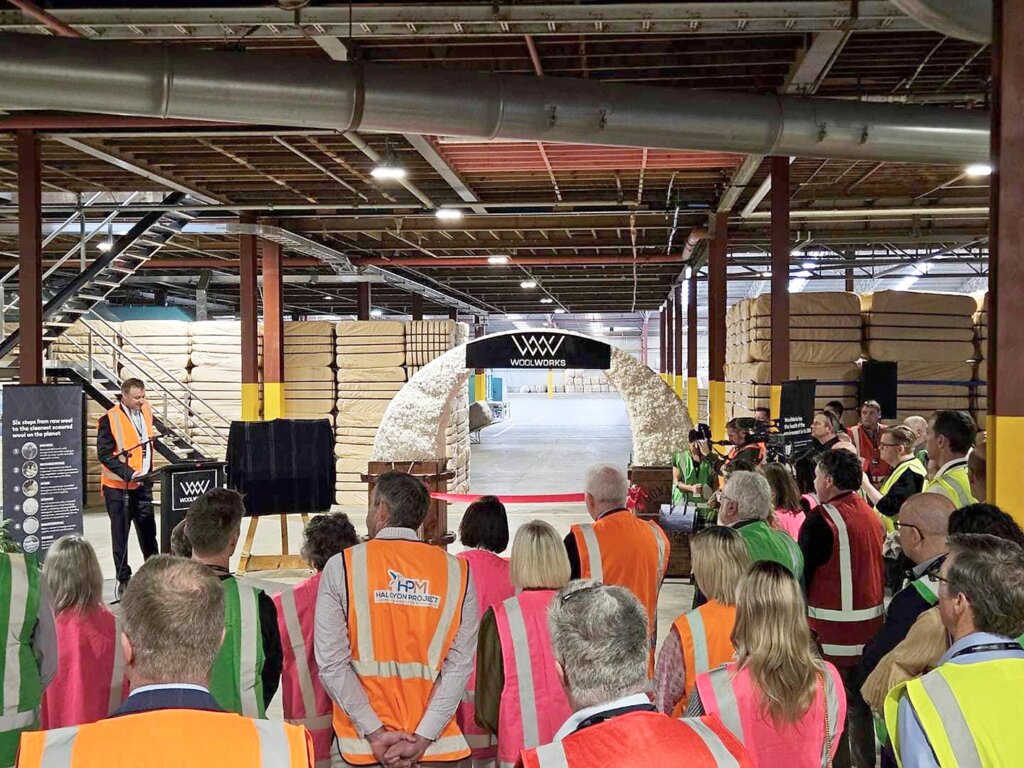Associate Minister of Agriculture Mark Patterson has given himself six months to begin turning around the fortunes of wool.
“I agree that the situation is dire, but there’s so much going on behind the scenes which farmers should know about,” he said.

Mark Patterson
“We’ve got six months to make a coherent plan for recovery, because that is the time we have between now and when farmers begin to purchase their genetics for next year.”
Patterson agreed with Matthew Scott’s comments on $10 being the break-even price for wool.
“While we won’t be seeing the wool price rise to $10 a kg in six months, we want farmers to see the pathway to get there.”
The coalition Government was aware of the situation and he had been tasked with, “getting under the bonnet and making a real change”.
But counterintuitive as it sounded, he said the issue was less about wool than the profitability of hill country sheep and beef farming and its ability to be a sustainable land use, particularly in competition with forestry.

Andrew Hoggard
“If we don’t have wool contributing to farmers’ bottom line in a meaningful manner, that whole model is in jeopardy. Then pastureland will be lost to pines with disastrous consequences for rural communities. Wool couldn’t be a higher priority in terms of recognising this issue.”
With Agriculture Minister Todd McClay and fellow Associate Minister, Andrew Hoggard, Patterson has been explaining the Government’s thinking at a series of 30 shearing shed meetings across the country.
“The situation is bad and many wool farmers are making what is to them a logical move in the short term to shedding sheep.”

Todd McClay
He described the situation as a burning platform.
“But there is only one way to turn this around; we need demand exceeding supply (with wool) going into end uses that can support a much higher farm gate price.
He said in the last two or three years $38m had been invested in 30 technology projects.
“Also, we have co-funded Wool Impact, which has been tasked with looking at ways which we can lift returns for strong wool.
“We’re seeing things like 3D printed acoustic panels and wool going into medical grade bandaging, nappies and sanitary pads.”
Wool Source NZ had deconstructed wool into powders dyes and pigments.
“A lot of those initiatives are at a point where they are ready to up-scale and go commercial. The big opportunity we have is that there is a real move back to natural fibres and a growing awareness of issues like micro plastics.
“It’s also good news that following a $50m rebuild, the cyclone damaged wool scourer at Awatoto, near Napier, is back up and running.”
He said pathways to take wool to market should be improved.
“We have to look at the likes of Zespri and Fonterra; we’re not going to be able to replicate them, but there could well be a more direct link between the growers and the end market. That’s not the big prize but it’s certainly part of the puzzle.”

Mark Patterson addresses a meeting at Awatoto, Napier.









